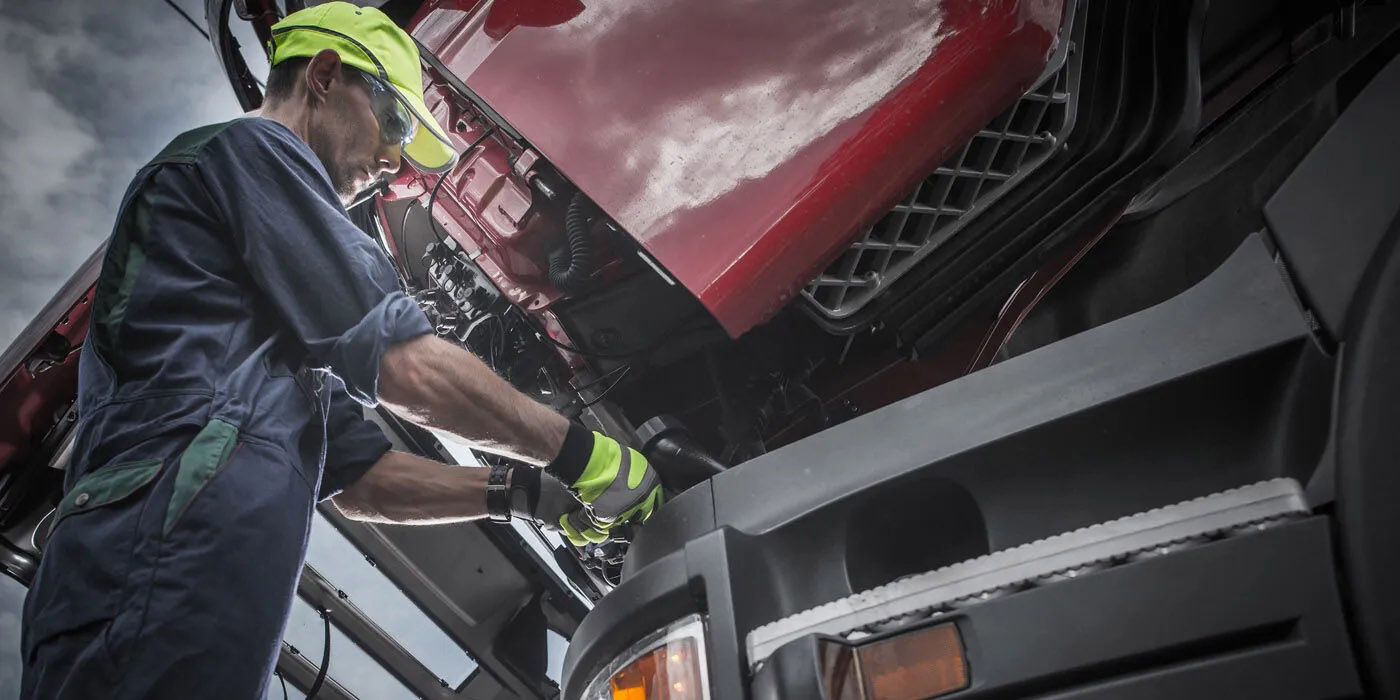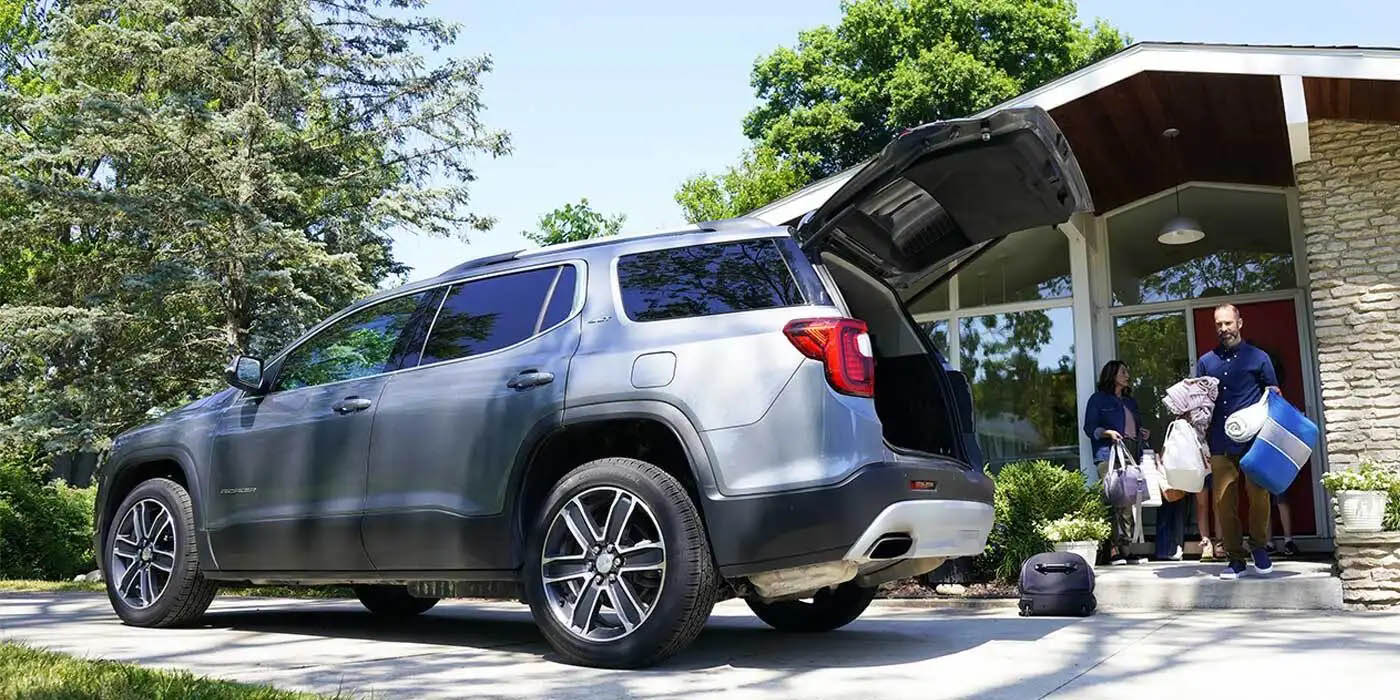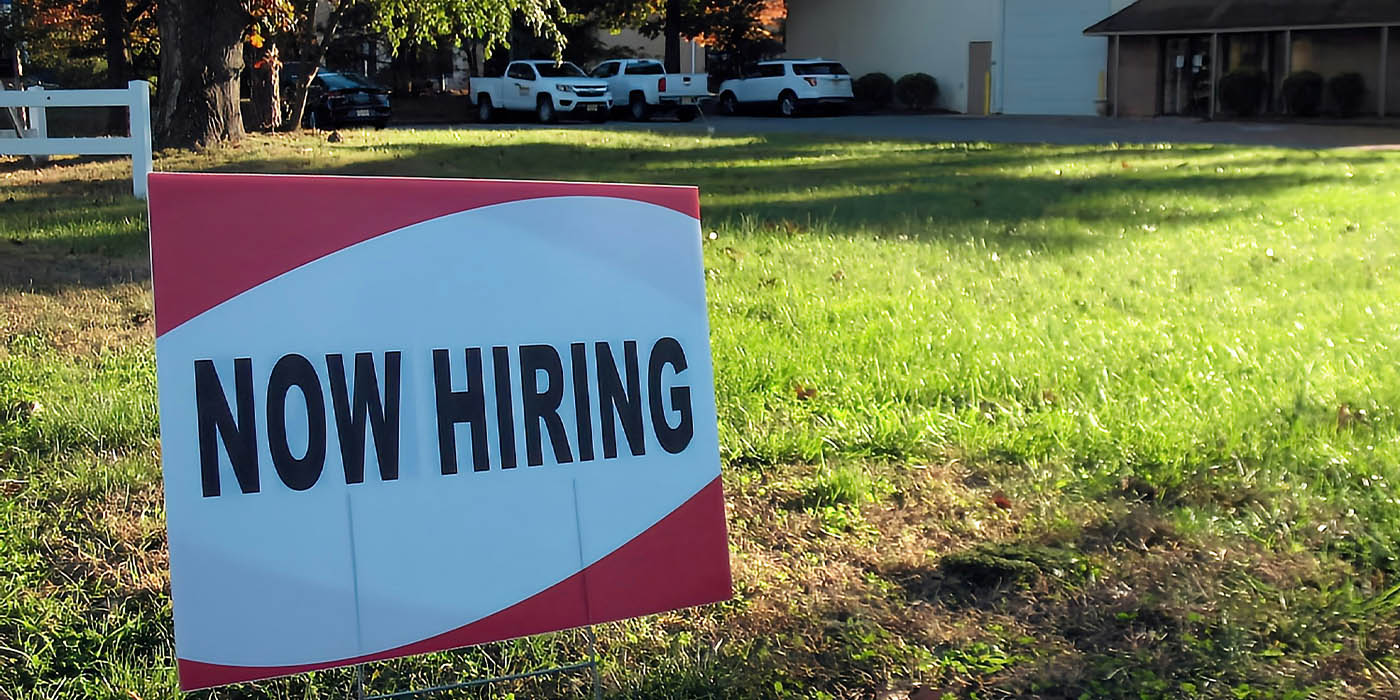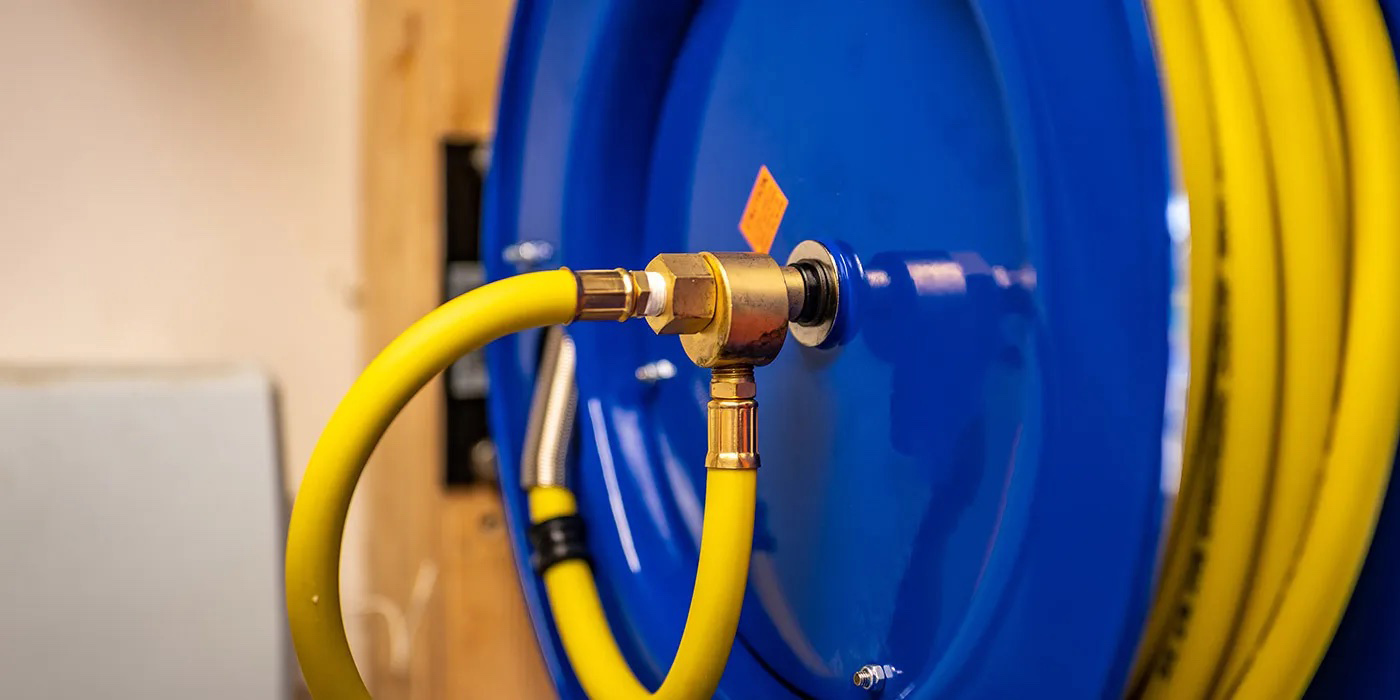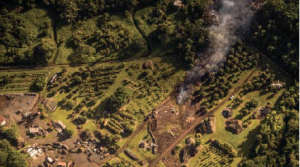
From tornadoes, hurricanes and floods to fires, earthquakes and more, no one knows when or where a disaster might strike. Natural disasters can cripple cities and towns in their wake, leaving homeowners and businesses to clean up the mess for months – and sometimes – years to come.
While no one thinks or wants a disaster to strike close to home, businesses that are prepared beforehand have a better chance of surviving the damage that occurs afterwards. No one can escape Mother Nature, but while she’s showing her devastating muscle, you can be wily enough to withstand post-event financial damage.
“Preparation is imperative,” says Scott Teel, marketing director for disaster-preparation company Agility Recovery Solutions. “It’s important so that an organization can continue to operate at a sufficient level that will allow it to continue serving customers, protect cash flow, maintain income for employees, protect its client base, and ensure that it won’t lose current and future business.”
An estimated 25% of businesses don’t reopen after a major disaster, according to the Institute for Business & Home Safety. To help you avoid that fate, Tire Review spoke with several disaster preparation and insurance experts as well as tire dealers who have faced nature’s fury to help you better prepare for the moment when disaster strikes.
Prepping for the Worst
One way businesses can protect themselves from disasters is through business and property insurance.
“Business insurance, and more importantly the process that a business owner should follow on an annual basis, can help a tire dealer assess exposures, get the information needed to be certain most eventualities are contemplated, and that coverage, as well as loss-prevention and control processes, are implemented,” says Gerald Cecil, vice president of sales and marketing for business-insurance administrator Arrowhead Automotive Aftermarket.
The annual review process should include statements of value by item and by location, and a review of financial records and other fixed assets. Having this information can help dealers make an informed decision and assurance that, in the event of loss, the desired outcome is likely to occur, Cecil says.
“Business insurance is not only for the replacement of a building’s contents, equipment and inventory. If you purchase business interruption or extra-expense coverage, it also provides the means to pay additional expenses of operating from a different or temporary location, as well as funds for payment of ongoing expenses to retain key personnel and cover the loss of gross profit,” he shares.
There is more to surviving a disaster than just cashing in on insurance, experts say.
“A key fallacy in many organizations’ plans is that they believe having insurance is the only necessary step to avoid losing their business. The problem is, insurance often only covers physical losses. Insuring your organization for lost revenue and added expenses associated with recovering your business is a great way to enhance your preparedness. But simply being handed a check a few weeks after a disaster will not help you rebuild your business the day after the disaster,” says Agility’s Teel. “You must be able to maintain your business operations to remain afloat as a business, even if your insurance policy can help with physical damage from a weather event.”
So in addition to insurance, businesses must also have a sound disaster plan and the means to implement that plan, experts agree.
“An organization must have the ability to quickly implement mitigation plans after a loss, with the goal being to resume normal operations. This process should be fluid and provide flexibility and innovation to identify risks by location, prepare response strategies, organize critical resources and address evacuations and restoration processes,” says Frank Russo, founder of risk-and-disaster management and insurance firm Procor Solutions and Consulting.
Russo urges businesses to consider several questions to help them be better prepared:
• What are my greatest risks by location, and what do I do for each?
• What are my business-continuity plans by location, including alternate sites?
• In the event of loss, who is the team, internal and external, that will help me recover at this location?
• When I need to prove damages, how do I account for key equipment and contents and keep track of warranty and maintenance records?
• And where can I manage key emergency documents for the location, including evacuation procedures?
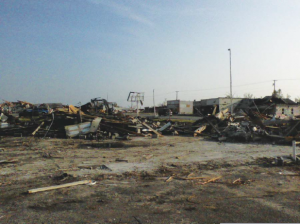
Agility’s Teel notes that when assessing risks in the organization, businesses should consider both naturally occurring as well as man-made interruptions. The business then must estimate the likelihood and potential impacts of those risks.
Companies may create their own disaster planning checklists, utilize government resources or hire a company that provides disaster planning and implementation services.
“The initial costs are modest compared to the value received when and if a major loss occurs. And the bulk of the work will be performed by the business owner compiling and capturing information in a common place for future reference and use when a problem arises,” notes Arrowhead’s Cecil.
Tales of Survival
Hurricane and Lava
Last year was a rough one for Lex Brodie’s Tire Co.’s location in Pahoa, Hawaii. Not only did the island experience a hurricane in 2014, Brodie’s Pahoa location was also in the path of a pu’u’o’o, an active volcanic vent.
The hurricane damaged much of the eastern side of the island and left many without power for weeks, says Josh Porter, managing member, Hawaii Tire Co. dba Lex Brodie’s Tire Co. And while the pu’u’o’o didn’t damage the Pahoa facility, the location was evacuated because it was in the predicted path of the flow.
“As we expected direct impact to our building, we removed all inventory, equipment and fixtures that were not part of the building,” Porter says.
The tire dealership remained closed for two months due to the pu’u’o’o, during which time Lex Brodie’s was still responsible for normal lease and mortgage expenses. The business was also forced to find storage space to house all the equipment and inventory that was moved, Porter notes.
“Luckily we did pick up some transfer business at that next-closest facility. But it was tough to try and make all the little things work: scheduling, adding more bays, moving inventory, getting everyone to work as a cohesive team,” he shares.
The company is still working to get the facility back to pre-evacuation levels, but Porter says that business is getting better everyday.
While the majority of the country won’t be affected by a volcano or hurricane, tire dealers can still learn from Lex Brodie’s experiences.
“You just never know what’s around the corner. I thought the damage from Hurricane Iselle was our community test for the year, and then the lava flow headed our way. From the flow, we expected definitive impact and total destruction, but instead we got to watch and wonder where it would go next, or whether it would stop altogether,” Porter says.
Porter and Lex Brodie’s has learned a valuable lesson in all the chaos.
“Have a plan to deal with natural disasters and also have a plan to change that plan,” he advises.
Hurricane Katrina
One of the most infamous and devastating hurricanes in U.S. history was Hurricane Katrina, which struck southern Louisiana, Alabama and Mississippi in 2005. The storm affected numerous southern states – most notably New Orleans – and caused an estimated $100 billion in damage.
Many different tire dealerships were hit by the storm, including Delta World Tire/Mighty Auto Parts. The multi-store dealership lost power at all of its Mississippi locations, and its location in New Orleans held more than seven feet of floodwater for several weeks.
“Being on the Gulf Coast for so many years, it has been part of our culture to manage evacuations for hurricanes. But no one could be prepared for the type of widespread damage and flooding that we experienced,” says Paul Bernstein, president of Delta World Tire. “We first made sure all of our employees were safe and assisted in finding a place for them to live while they rebuilt their homes. Then we opened for business.”
Within several days of the storm, the dealership found ways to reopen and have partial operations at its locations in Mississippi and in the New Orleans suburbs, Bernstein shares. However, the company’s New Orleans location was closed for nearly six months.
The locations utilized gas-powered generators and air compressors to replace and repair tires. Vendors also stepped up to support the stores. MaddenCo sent laptops and air cards that allowed the locations to operate their POS system within a week, and Michelin assisted with showroom remodeling at locations that were heavily damaged, Bernstein says.
The total loss is difficult for the dealership to quantify due to lost business, but it made several large insurance claims due to wind damage and suffered more than $1 million in uninsured losses due to the flood in New Orleans.
In the years since Katrina, the business has added four locations. And while the dealership is still financing some of its loses, the company is in better shape now than before the storm, Bernstein notes.
“We realized that if we work together and take care of each other, we can rebuild anything. The outpouring of support from our vendors is what gave us the inspiration to begin putting the pieces back together as a business,” he says. “It would have been easier to move somewhere else for so many people, but many of us decided to stay and rebuild from almost a blank canvas. I believe those that stayed learned the value of community in a way that no one could have naturally taught us and our children.”
For other dealers, Bernstein advises, “Wherever possible, get out of harm’s way. But have a plan to re-enter as soon as it’s safe to do so, and provide support for first responders and for those back in the community.”
Fire and Flood
In its 60-year history, Ohio-based Millersburg Tire Service experienced two different disasters; the dealership survived a flood and a fire.
In 1969, the town of Millersburg had more than a foot of rain in 12 hours, resulting in heavy flooding. Millersburg Tire found tractor tires that had floated 15 to 20 miles away and water was two to three feet in the dealership’s offices and warehouse, says Brad Schmucker, owner of Millersburg Tire Service. A week later, the town experienced flooding a second time, once again affecting the business.
“We were closed for several days and then reopened on a limited basis to serve customers with problems associated with flooding. Everything was mud packed and had to be rinsed out, including tires, racks and all of the buildings,” he notes.
In 1978, the dealership’s retread shop burned to the ground, destroying more than 6,000 tires and all of the equipment. It took Millersburg Tire more than four years to get its retreading business up and running again.
“We didn’t have any business-interruption insurance then. My dad said we almost went out of business. All of our snow tires were stored in that building. Approximately 1,000 tires that were going to be shipped to New Hampshire and another 1,000 that were ready to be taken to another warehouse for storage were destroyed,” Schmucker says.
While the disasters were costly for tire dealership, in the end both led to change at Millersburg Tire that was beneficial. A significant change for Millersburg was the move to its current location in 1987.
“The floods and fire forced us to move to our current location, which has also given us space for a lot of expansion, including easier access for semis to load and unload,” shares Schmucker. “Now we’re able to give customers areas outdoors and indoors to wait while we service their vehicles, including a front porch full of red rocking chairs. The move also allowed us to increase our inventory.”
The dealership also learned to make sure it has not only insurance to cover its entire inventory but also business-interruption coverage, Schmucker says.
“Be sure to have an insurance agent review your policies for adequate coverage. And faith and support of family, friends, employees and community are vitally important in recovering from any disaster,” he says.
Disaster Planning & Relief Resources
The U.S. Small Business Administration offers businesses information on how to prepare a disaster preparedness program (visit www.sba.gov/content/disaster-preparendness). Additionally, the administration offers disaster specific checklists for businesses to use covering hurricanes, winter weather, earthquakes, tornadoes, wildfires, floods and cyber security.
The Small Business Administration, together with Agility Recovery Solutions, also offers additional business preparedness info as well as how to apply for a disaster loan at preparemybusiness.org.
FEMA offers businesses an extensive planning guide, “Emergency Management Guide for Business and Industry.” Additionally, FEMA with the Department of Homeland Security, offers a PS-Prep Program that assists private and non-profit entities in instituting a business continuity management system. Check out more about FEMA’s business resources at fema.gov/small-businesses.
Disaster preparedness for businesses and homes can also be found at ready.gov.
The IRS also offers information on how businesses can safeguard their financial information in event of a disaster. Check it out by visiting bit.ly/IRS-disaster.
Article courtesy of Tire Review.


